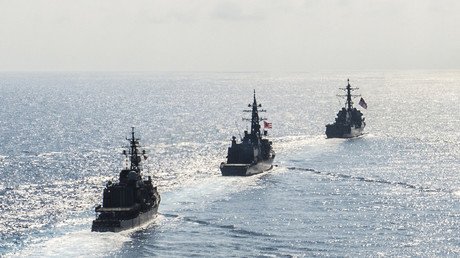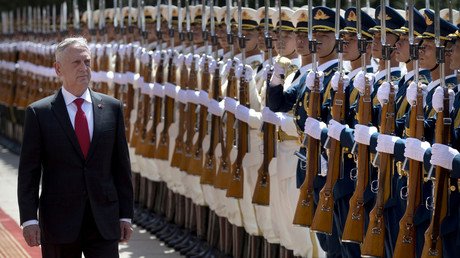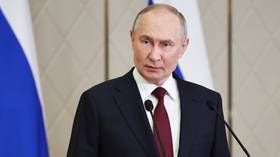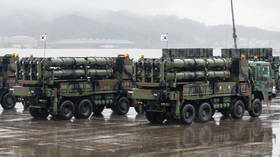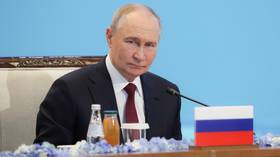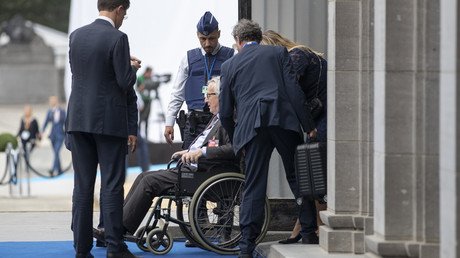Beijing to send strategic bombers for ‘real combat’ practice during Int’l Army Games in Russia

The Chinese air force will send its H-6K strategic bombers to participate in the upcoming International Army Games in Russia later this month, which were praised by the PLA as an effective practice under “real combat conditions.”
Airborne troops will be using the aircraft of China's vast air fleet –comprised of J-10A fighters, JH-7A fighter-bombers, H-6K bombers, IL-76 and Y-9 transport aircraft– in showcasing their skills at the games, which kick off July 28. China will join the ranks of 32 nations competing in 26 military contests which will take place at various Russian military training facilities. Last year China came in second, behind Russia and ahead of Kazakhstan.
South China Sea drills: Chinese strategic bombers in action (VIDEO)
This year's competition will witness H-6K bombers and Y-9 transport aircraft perform outside of China for the first time in military competitions, a spokesperson for the PLA Air Force announced Thursday.
“Participation in the International Army Games is an effective way to improve fighting capabilities under real combat conditions,” Xinhua quoted the spokesperson as saying. “The troops will strengthen military training and war-preparedness to improve their ability to safeguard China's sovereignty and territorial integrity.”
The H-6K, the most modern modification of the license-built copy of the Soviet Tupolev Tu-16, is a twin-engine strategic bomber that is potentially capable of confronting US carrier battle groups to defend China's airspace. Beijing has actively used its H-6K bombers, with nuclear strike capability, to perform long-range drills near Japan and has previously used them in exercises over the South China Sea, and the 180-kilometers-wide Taiwan Strait.
All of the above-mentioned regions have become a source of tension between Beijing and Washington. Just last week two US destroyers, the USS Mustin and the USS Benfold, passed through the Taiwan Strait in what China believes to be a gross violation of its One China Policy, which recognizes Taiwan as part of China.
Growing ties between Taipei and Washington remain a constant point of concern for China, especially after March of this year, when Donald Trump signed the Taiwan Travel Act, paving the way for reciprocal visits between US and Taipei officials. Defying China’s vocal protests, in April the US State Department allegedly greenlighted sales to Taiwan of the technology needed to build submarines. Taipei also wants to acquire M1A2 Abrams tanks, to serve as a coastal line of defense should mainland China chose to actively reassert its sovereignty over the island nation.
For years, the US has also agitated China by claiming a “freedom of navigation” in the region, sailing its warships and conducting strategic bomber patrol flights near the disputed areas of the South China Sea. To reinforce its territorial claims, Beijing has been building artificial islands and deploying military infrastructure on the Paracels, as well as on the Spratly Islands. In May, China landed the H-6K strategic bomber for the first time on Woody Island, the country’s largest military outpost in the South China Sea.
The strategic bomber also saw action in the East China Sea, where Beijing has repeatedly reminded Washington of its “inherent” sovereignty over the group of uninhabited islands. The US recognizes Senkaku/Diaoyu islands to be a part of Japan and has vowed to protect them, under a mutual defense agreement with Tokyo.
Like this story? Share it with a friend!
